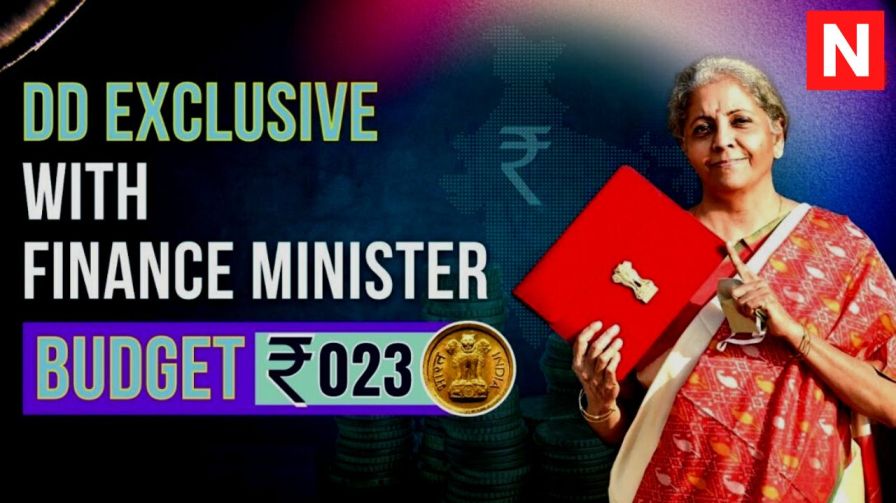Three main conclusions may be drawn from the Union Budget 2023–24. In essence, Nirmala Sitharaman, minister of finance, has adhered to the more comprehensive growth strategy she outlined in 2019–20.

This two-pronged growth plan attracted everyone.
In order to spur economic growth and generate employment, incentives were needed to encourage the private sector to invest in the economy’s productive potential.
The government’s function in the economy was covered in the second section. The motto in this area has been minimal government. In turn, this required generating income through disinvestment on the one hand, but also increasing capital spending on the other. Essentially, this was done to make sure that the government maintained economic responsibility and didn’t waste money on populist projects.
The Finance Minister continued to use the same approach in the most recent budget.
Increasing goveranment capital spending
The money used to create productive assets like roads, bridges, and ports is known as a capital expenditure. This offers a higher economic return since for every 100 rupees spent, the economy makes 250 rupees. On the other side, revenue expenditure yields less than Rs 100.
In the most recent budget, the government increased capital spending to Rs 10 lakh crore, more than doubling the amount of money budgeted from 2020–21.
Financial restraint
As stated under the glide path, the fiscal deficit (market borrowing by the government) will decrease to 5.9% of GDP, the FM has guaranteed. This will benefit the whole economy since it implies that private entrepreneurs would be able to borrow money.
The default right now is the new Personal Income Tax regime.
The Budget choice that will likely garner the greatest attention is this one. Indians who make a living on a salary anticipated some tax relief. Although it was introduced last year and not many people took use of it, the FM appears to have included it under the so-called new personal income tax structure.The FM announced that the income tax regime would henceforth be the default system and employed incentives to increase its popularity. Before last year, adopting it was voluntary, but if you did, you couldn’t go back to the previous income tax system.